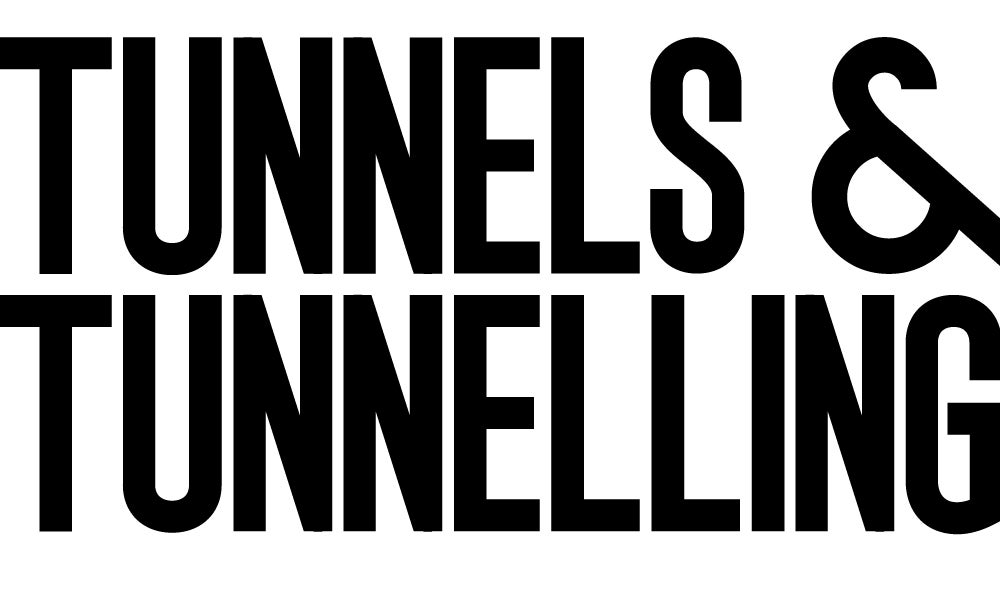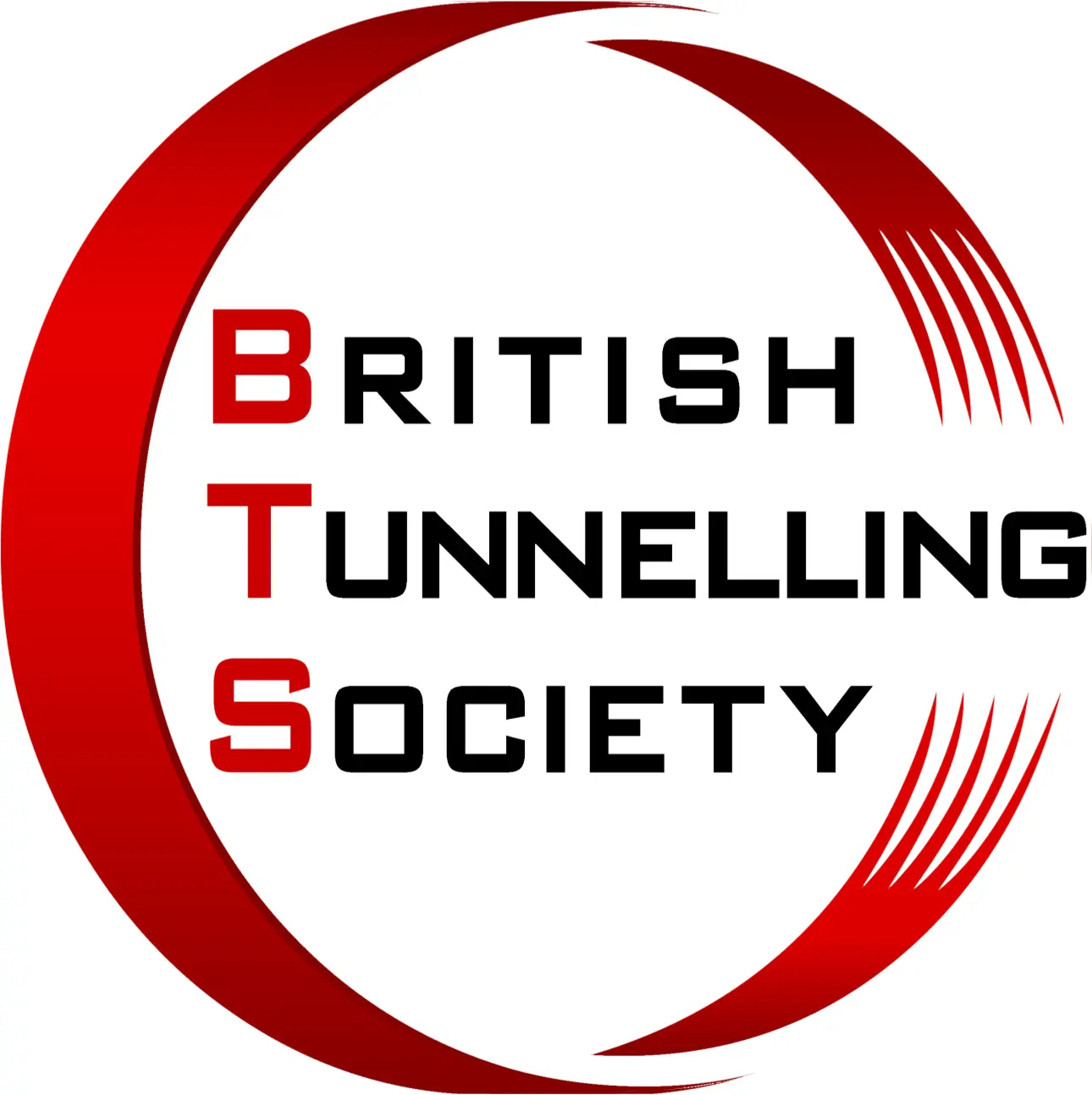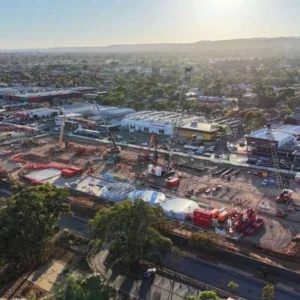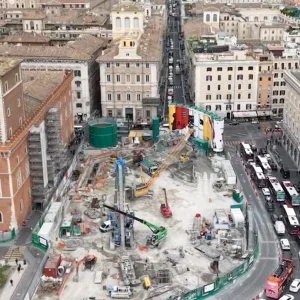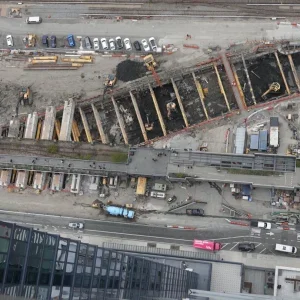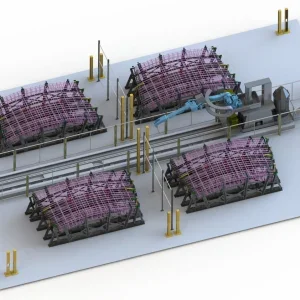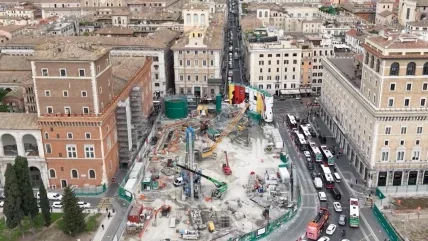
A Webuild-led consortium has completed the first phase for Venezia Station’s walls on Rome’s Metro C Line.
Using a large hydro-milling machine, Webuild and Vianini Lavori excavated to depths of 85m to construct the panels for the perimeter walls of the underground box structure inside which the station will be built. The hydro-milling machine is 24.5m high and weighs 185 tons.
Once the box structure has been formed, the area in which the station will be built will be excavated. This will reduce the impact on the surface, preserving the archaeological findings. The hydro-milling machine took just over a year to complete its first 124 diaphragms. A total of 352 underground panels, including 170 diaphragms, will be installed for all three excavation phases.
The hydro-milling machine has now been moved to Via dei Fori Imperiali, directly under the Vittoriano, where archaeological excavation and the first section of the roof slab will be carried out in the autumn. This will allow road traffic to return to normal in the square on the Palazzo Venezia side, and enable construction of the remaining diaphragms of the station’s box structure.
Venezia Station – one of Europe’s deepest – will have six underground levels, providing direct access to some of Rome’s major cultural sites, including Palazzo Venezia, the Vittoriano and Fori Imperiali.
It will be an archaeological station with the first level dedicated to a museum of artefacts unearthed during the excavations.
Rome’s Metro Line C crosses the city from south-east to the south-west, connecting the suburbs to the city centre, from Pantano Station, the last stop on the south-eastern side, to Clodio/Mazzini. The 26km line – 17km underground and 9km above ground – will have 29 stations. The 19km section from Pantano to San Giovanni has been completed.
